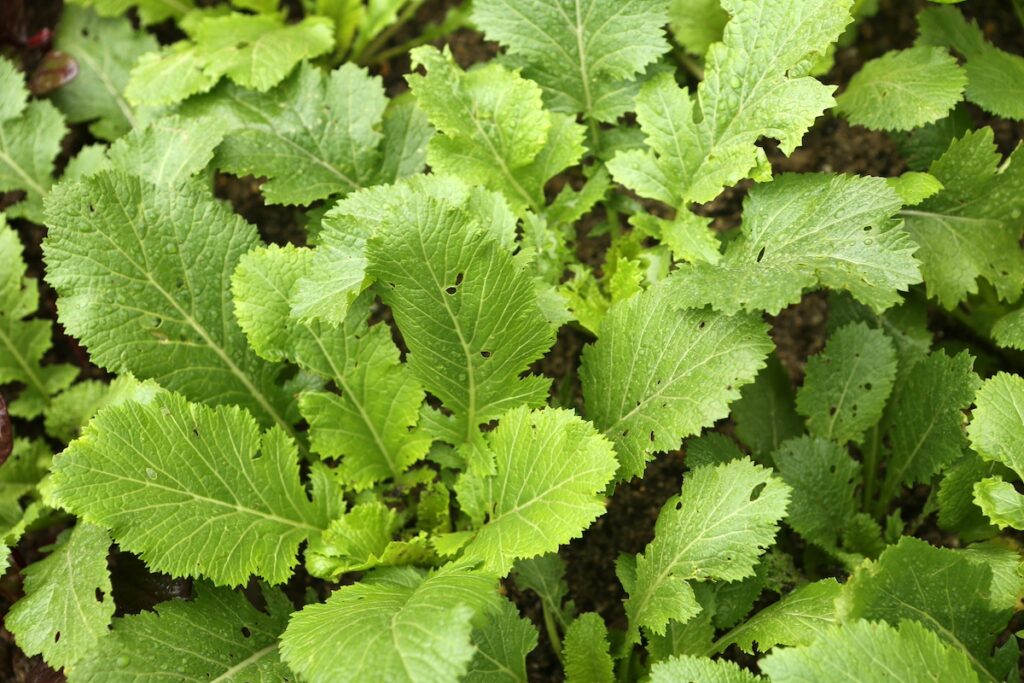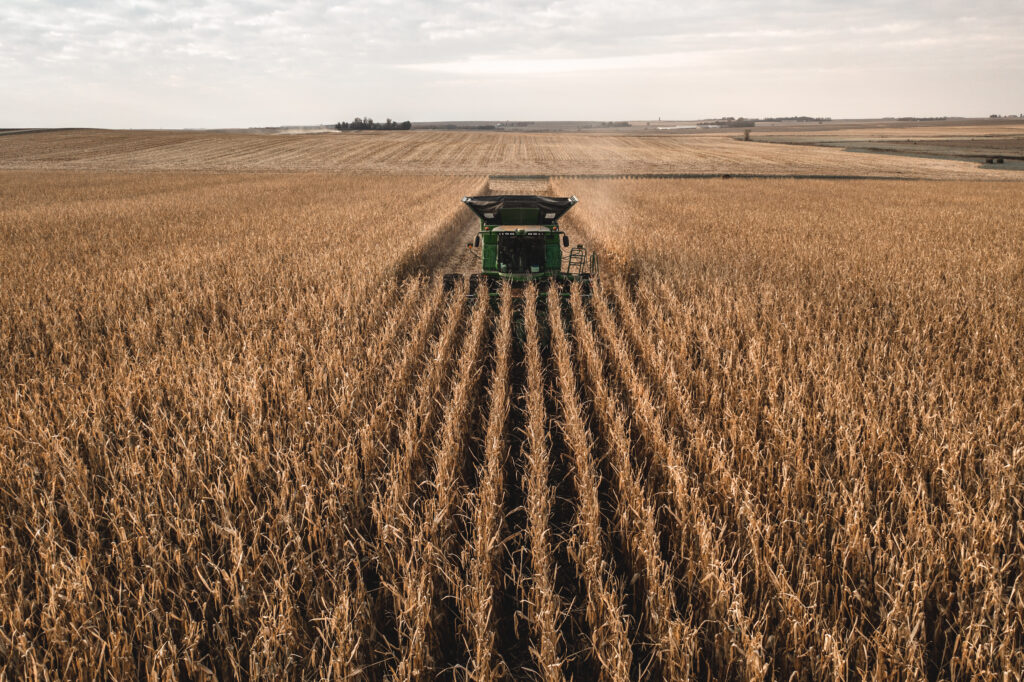Regenerative farmers working with Gevo go above and beyond to take care of their soil. One of those exceptional practices is the use of cover crops. When incorporating cover crops, farmers plant a secondary crop after they harvest their main “cash” crop, such as corn, soybeans, wheat, or other crops being sold to consumers. Cover crops, often a mix of legumes, forbs, brassicas, broadleaves, and grasses, covers the soil the remainder of the year instead of leaving the soil exposed to erosional events between planting seasons.
Not only can cover crops hold nutrients within the soil to minimize nutrient leeching, they can also reduce soil erosion, improve water infiltration enable weed suppression, foster soil biodiversity, provide food for soil microbes, and so much more.
A soil health principle is to keep a living plant growing in the ground, and integrating cover crops into a field rotation, which has been shown to increase corn yield by up to by 3 percent, and nearly 10 percent in a drought year. While most cover crops don’t get harvested and sold for profit, they provide protection to the soil, reduce water and wind erosion, keep a living root in the soil, provide nutrition for the soil microbes, and aid in water infiltration. Cover crops continue to provide benefits to the farmer when a cash crop is not growing.
What Are Cover Crops?

Cover crops aid in soil nutrient retention. When plant residue decomposes, the nutrients are still in the field and could become available for the farmers’ cash crops, such as corn or soybeans.
Corn, for example, requires heavy amounts of nitrogen to produce high yields and strong plants. Some farmers ensure their corn is meeting its nutrient needs with nitrogen fertilizer; however, this method can be costly. In a 2019 survey conducted by Sustainable Agriculture Research and Education, nearly 49 percent of responding farmers who had utilized cover crops for three years or more reported a savings in fertilizer costs, 13.2 percent of which claimed $6 to $10 savings per acre.
After corn harvest in a supportive growing climate, regenerative farmers will plant a diverse cover crop mix, often containing legume varieties known to fix nitrogen naturally.
Cover crops can be an important part of a nutrient-management plan when combined with other regenerative practices such as manuring, composting, crop rotation, reduced tillage, and more.
Benefits of Cover Crops

Cover crops have many advantages concurrent with their nitrogen-fixing capabilities. When Gevo’s partner farmers plant cover crops, they are not only producing high-quality feedstock and residue for bio-based renewable fuels, they are also giving back to the soil. Here are just a few more ways cover crops can benefit a farm’s ecosystem:
Benefit 1: Cover Crops Prevent Soil Erosion
One of the most important uses of cover crops is to prevent soil erosion. Soil that is left bare and uncoveredcan blow away through wind erosion, erode away through raindrop impacts and inturn lose valuable highly nutrient dense topsoil. Cover crops provide a barrier to the soil by reducing the velocity of the raindrop through the leaf cover, and also provide cover as the wind blows across the field.
Soil erosion is detrimental for a few reasons: eroded soil can sometimes make its way to waterways, where excess nutrients can cause harmful algae blooms; The top one inch of topsoil contains nutrients, organic matter, microorganisms, and the soils needed to grow a cash crop, but it takes 500 to 1,000 years to form one inch of topsoil.
With a diverse planting of cover crops, various root systems, such as fibrous, tap, and adventitious, aid with water infiltration, promote soil aggregation through the release of root exudates, and reduce raindrop intensity to minimize splash erosion by use of cover crop leaves and plant cover. They can also protect from extreme rainfall events, which are becoming increasingly common. One study showed that higher cover crop adoption led to nearly $40 million fewer crop insurance losses due to weather-related prevented planting.
Benefit 2: Cover Crops Support Biodiversity
Despite growing plants that are not harvested for profit, cover crops are a useful part of the farming system. Most cover crops, such as hairy vetch or crimson clover, produce colorful flowers that serve as pollinator habitat for insects, bees, and birds. These plants help keep the ecosystem functioning for more of the year, instead of leaving a bare patch of soil on which no biodiversity can flourish.
Planting a diverse cover crop mix fosters biodiversity within the soil microbiome. By promoting soil health and providing constant ground cover, insects, earthworms, fungi, and bacteria can thrive. This microbiome is essential to the soils capacity to sequester carbon, and is strengthened by incorporating cover crops into the farming system.
Benefit 3: Cover Crops Reduce Weed Pressure
Many farmers who use regenerative practices may face weeds. While the application of herbicides is a quick fix, these chemicals play an impactful role within the agricultural ecosystem and can have unintended effects on the soil biome.
Cover crops are a useful tool for a regenerative farmer by crowding out many weeds, by way of strong root systems or with shade cover that prevents weed-seed germination.
Cover Crops: The Bottom Line
Cover crops are an integral part of regenerative farm management and give back to the soil much more than they take away.
Gevo partner farmers use cover crops to rebuild soil, minimize erosion, and reduce their input costs, helping Gevo to produce sustainable energy-dense liquid hydrocarbons that go the extra mile to reduce carbon emissions.
